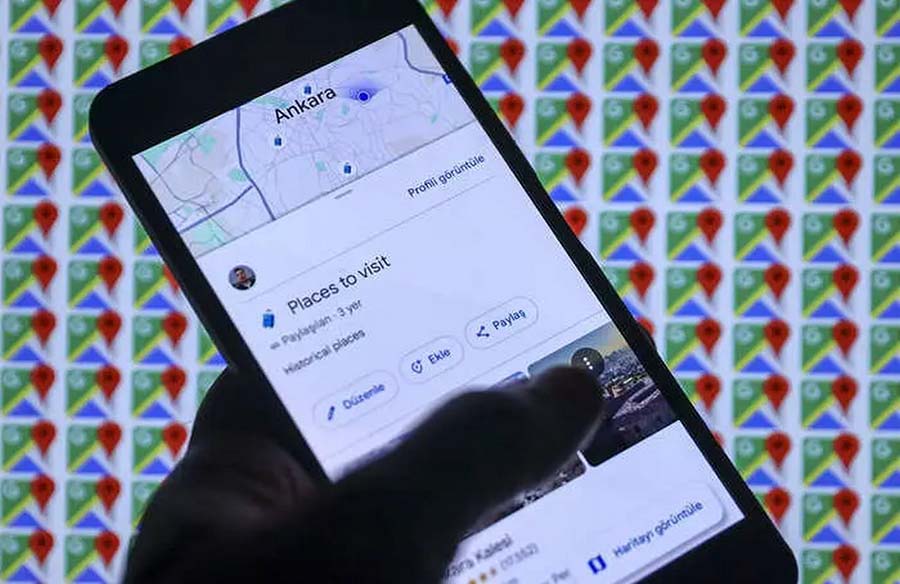
Google Maps Mishap: Tourists Led Astray in the Wilderness
Two German tourists found themselves in a harrowing situation after Google Maps directed them into the Australian wilderness, leading to a challenging journey that spanned several days.
The Misguided Journey
Philipp Maier and Marcel Schoene embarked on a road trip from Cairns to Bamaga, relying on Google’s navigation system for guidance. However, their journey took an unexpected turn when they followed Google Maps onto a dirt track in Far North Queensland, as reported by Australian outlet 9News.
Stranded in the Outback
Their vehicle became stuck in mud approximately 37 miles into the drive, leaving them stranded in a remote area. With no immediate assistance available, Maier and Schoene faced a daunting trek back to civilization, enduring rugged terrain and adverse weather conditions along the way.
Perils of the Wilderness
During their ordeal, the tourists encountered various challenges, including crossing a river inhabited by crocodiles, braving thunderstorms, and coping with soaring temperatures. With limited resources, they resorted to sleeping under the open sky after their attempts to construct a shelter proved futile.
Google’s Response
In response to the incident, a spokesperson for Google expressed regret over the situation and confirmed that the erroneous path had been removed from Google Maps. The company emphasized its commitment to utilizing multiple data sources, including third-party information and user feedback, to ensure the accuracy of its mapping services.
Recurring Issue
This is not the first instance of hikers facing difficulties due to inaccurate mapping information. Similar incidents have occurred elsewhere, prompting cautionary warnings from rescue teams and highlighting the limitations of relying solely on urban map apps for wilderness navigation.
Lessons Learned
While technology can be a valuable tool for navigation, users must exercise caution, especially in unfamiliar or remote areas. Supplementing digital maps with local knowledge and physical maps can help mitigate the risk of encountering hazardous situations while exploring the great outdoors.

